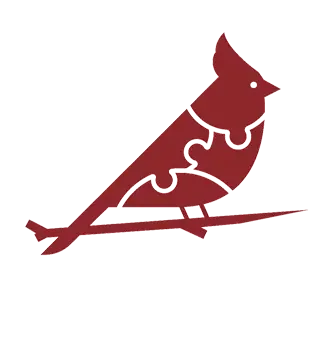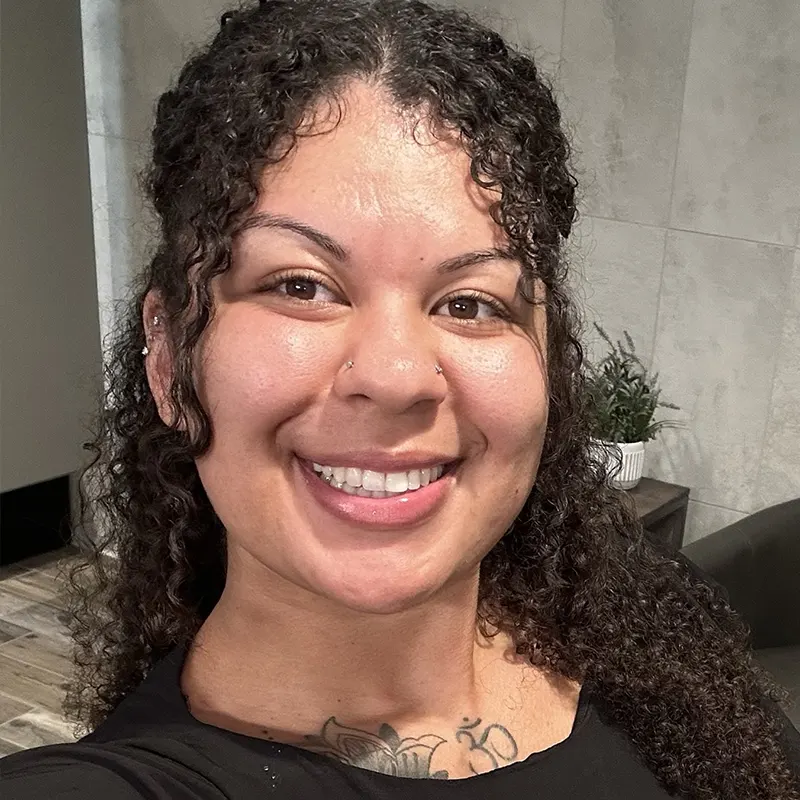Preschoolers on the autism spectrum often experience the world through a unique sensory lens. Some individuals may be susceptible to certain sounds, textures, or lights. In contrast, others may actively seek sensory input through actions like jumping, spinning, or repeatedly touching objects. These sensory processing differences are common in autism. They can affect how a child interacts with their environment, regulates emotions, and participates in everyday tasks.
At Cardinal Pediatric Therapies, we understand the importance of using sensory activities for preschoolers with autism as a foundation for skill-building, regulation, and joyful engagement. Whether used in ABA therapy, occupational therapy, or as part of your child’s home routine, sensory play can provide meaningful opportunities for learning and growth.
In this article, we’ll explore the benefits of sensory activities, safety and planning tips, and a list of fun, practical ideas you can try at home.

Why Sensory Activities Matter for Children with Autism
Sensory activities are designed to engage one or more of the senses—touch, sight, sound, taste, smell, movement, and body awareness. For children with autism, these activities can help:
- Improve sensory processing and tolerance.
- Increase attention and engagement in structured tasks.
- Develop fine and gross motor skills.
- Reduce anxiety and self-stimulatory behaviors.
- Build emotional regulation and coping skills.
- Encourage language, play, and social interaction.
When guided by a therapist or caregiver who understands the child’s sensory preferences and needs, sensory activities can become powerful therapeutic tools.
Setting Up for Sensory Success
Before you introduce new sensory play experiences, it’s essential to take a few preparatory steps:
Personalize Based on Your Child’s Sensory Profile
Every child is different. Some may love water play but avoid messy textures. Others may crave deep pressure but shy away from bright lights. Please pay close attention to your child’s responses and start with sensory inputs that are enjoyable and calming for them.
Use Visuals and Clear Structure
Preschoolers with autism often benefit from visual supports like “first-then” boards or simple schedules. Let your child know what to expect and how long an activity will last. This helps reduce uncertainty and creates predictability.
Keep Safety Top of Mind
Always supervise sensory play. Avoid small items that could be a choking hazard, and make sure activities are developmentally appropriate. Set clear boundaries about where and how the activity will be used, especially if it involves water, food, or movement.
Incorporate Therapy Goals
When possible, coordinate with your child’s ABA or occupational therapist to align sensory play with current therapy objectives. Sensory activities can be used to practice turn-taking, following directions, or using communication tools.

Best Sensory Activities for Preschoolers with Autism
Below are activity ideas organized by sensory input type. These can be done at home with minimal setup and easily adapted to fit your child’s developmental level and therapy goals.
Tactile (Touch-Based) Activities
Tactile sensory play helps children explore different textures, develop fine motor skills, and build tolerance to new sensations.
- Sensory Bins: Fill shallow containers with dry rice, beans, kinetic sand, water beads, or shredded paper. Add scoops, cups, and small toys for digging and pouring. You can create themed bins with colors, letters, or animals to support learning.
- Finger Painting or Messy Play: Use finger paints, shaving cream, or pudding on a tray for drawing shapes, letters, or just exploring texture. Try adding essential oils or food coloring for an extra sensory layer.
- Playdough and Modeling Clay: Squishing, rolling, and shaping playdough helps strengthen hand muscles. Add tools like cookie cutters, stamps, or plastic scissors for creative play and skill-building.
- Water Play: Provide a shallow tub with cups, sponges, and plastic toys. Children can pour, squeeze, and experiment with movement and temperature. Try adding bubbles or food coloring for variety.
Proprioceptive (Body Awareness) and Heavy Work Activities
These activities help calm the nervous system, regulate energy levels, and improve body coordination.
- Animal Walks: Encourage your child to move like different animals—bear walks, crab walks, frog jumps, or slithering like a snake. These movements provide resistance and build core strength.
- Weighted Activities: Fill a backpack with soft toys and let your child carry it from room to room. Pushing a laundry basket, moving pillows, or stacking soft blocks can also offer calming heavy work input.
- Rolling and Stretching: Use a large yoga ball to gently roll over your child’s back or have them roll across a mat or blanket burrito-style. These activities can be soothing and help with body awareness.
Vestibular (Movement and Balance) Activities
Vestibular input comes from activities that involve motion. These can be energizing or calming, depending on the speed and intensity.
- Swinging: If you have access to a hammock or indoor swing, allow your child to swing gently back and forth. This movement can help improve balance and provide calming input.
- Spinning Toys or Rocking Chairs: Use with caution and only for short periods, as too much vestibular input can lead to overstimulation. Let your child spin a top, use a sit-and-spin toy, or rock in a child-sized chair with supervision.
- Obstacle Courses: Create a simple course using pillows, mats, and tunnels. Please have your child crawl, jump, or balance as they move through. This helps with sequencing, coordination, and following directions.

Auditory and Visual Activities
Sensory activities that involve sight and sound can help desensitize children to common triggers and promote attention and interaction.
- Soft Music and Rhythm Instruments: Use gentle music, maracas, drums, or bells to engage your child in rhythm games. Encourage imitation and turn-taking to build interaction.
- Bubble Play and Light Tracking: Blow bubbles and encourage your child to pop them with their hands or fingers. Try using flashlights, light-up toys, or fiber optic strands in a dim room for visual tracking games.
Oral Motor and Taste-Based Activities
Oral motor sensory activities can help children who seek oral input or are learning to tolerate new food textures.
- Chewy Tubes and Whistles: Use safe oral tools for chewing or blowing to strengthen jaw muscles and regulate sensory input.
- Exploring Snack Textures: Introduce crunchy, chewy, or smooth snacks during play or therapy. Use dips, crackers, or fruit to make it fun and low-pressure.
How Cardinal Pediatric Therapies Supports Sensory Development
At Cardinal Pediatric Therapies, our team of ABA therapists and occupational therapists works collaboratively to incorporate sensory activities for preschoolers with autism into every treatment plan. Whether we are helping a child regulate their emotions, build communication skills, or improve motor coordination, sensory play is a critical part of the process.
Our ABA therapy services include:
- In-home and in-clinic therapy options in Arizona and North Carolina
- Customized treatment plans that include sensory integration techniques
- Parent coaching to help families implement sensory strategies at home
- Collaborative support between ABA, OT, and speech therapists
Sensory activities are not just play—they are purposeful tools that help children with autism better understand and interact with their world.

Get Started With Cardinal Pediatric Therapies Today!
Introducing sensory activities into your preschooler’s daily routine can provide a robust foundation for growth, connection, and learning. When tailored to your child’s unique sensory profile and therapy goals, these activities support regulation, attention, and skill development in a way that is both fun and functional.
At Cardinal Pediatric Therapies, we are committed to helping children and families thrive through evidence-based, personalized care. Suppose you are looking for ABA or occupational therapy services in Arizona or North Carolina. In that case, we are here to support your child’s sensory development every step of the way.
Contact us today to learn more about our programs and how we can help your child succeed through sensory integration and play-based learning.












